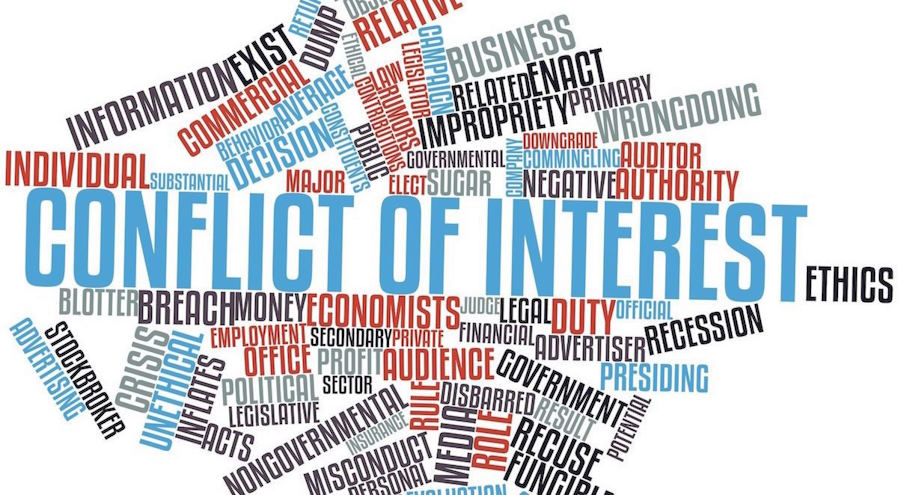- 08/05/2024
- Category: Scientific Ethics

In many scientific fields, conflicts of interest have generated debate and anxiety. The discussion is receiving more attention now that government financing is being relied upon more than before. It is in the best interests of both the scientific community and the general public to avoid conflicts of interest to produce reliable, objective science. Thus, the session looked at how to recognize the conflict, deal with it, and sometimes even get rid of it.
Synopsis
Clinical research still raises concerns about researcher conflicts of interest. Although biases resulting from these contacts may influence decision-making processes, conflicts of interest are often underreported, ill-defined, and hard to find information about In this study, we look at the frequency of conflicts of interest, data showing how revealed and undisclosed conflicts of interest have affected clinical evidence reporting, and new strategies for enhancing disclosures’ consistency and completeness.

This analysis of developing technologies has led us to the impact of bias on scientific conclusions that registers of conflicts of interest involving researchers that are publicly accessible are becoming more and more popular. We suggest five requirements to maximise the value of such registries: a uniform taxonomy to describe various conflicts of interest; mandates to guarantee that researchers keep up-to-date records; transparent records made public; and interoperability to facilitate communication between institutions, bibliographic databases, and researchers and the registry.
Identify your areas of interest.
Disclosing prospective conflicts of interest that you or your partners may have is the second step. Your connections, financial support, personal ties, and past works are examples of this. Transparency may help you build confidence with stakeholders and peers, prevent misbehaviour charges, and improve transparency. You have several options for disclosing your interests, including publications, permission forms, ethics applications, and research proposals for safeguarding scientific integrity from conflicts of interest.

Specify your conditions.
Knowing what conflicts of interest and bias mean in the context of your study is the first step. When your financial, professional, or personal interests might sway your study choices or methods, you have a conflict of interest. A propensity to favour or disfavour particular results, viewpoints, or approaches because of personal preferences, presumptions, or beliefs is known as bias.
Determine your risks.
Assess the risks and consequences of your research from your conflicts of interest and prejudice. It will assist you in determining the best way to handle them. Think about the kind, degree, and frequency of your prejudice and conflicts of interest, the standards and expectations of your field and organisation, and the possible advantages or disadvantages for society and conflicts of interest in study design.
